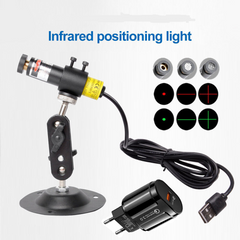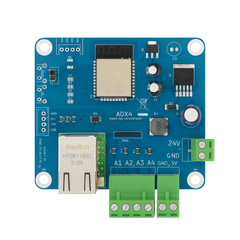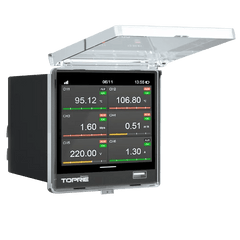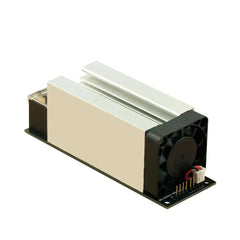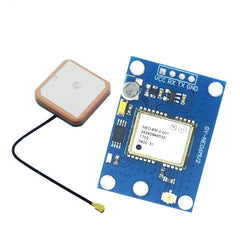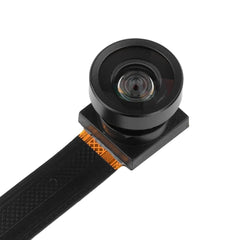Description
AC dimmer for smart home systems
The AC Dimmer is a versatile device designed to control AC voltage and allow maximum transfer from 8A to 16A/24A (using the TRIAC BTA16, rated for 600V/16A-24A). However, we do not recommend loading the dimmer to its maximum specification (maximum 10A per channel ). Typically, the dimmer is used to turn the power of lamps or heating elements on and off. It can also be used in applications such as fans, pumps, and air purifiers.
Recently, dimmers have become a popular choice for smart home systems. For example, if you want to gently adjust the brightness, a dimmer allows you to switch lamps on and off slowly, creating a pleasant atmosphere. Dimmers are particularly effective with filament lamps. While they are less stable at low brightness levels with LED lamps, they work reliably at moderate and high brightness levels. It's important to note that fluorescent lamps (gas discharge lamps) are not dimmable.
### Technical aspects
The dimmer's power section is isolated from the control section to eliminate the possibility of high-current interruptions in the microcontroller. The dimmer's logic level is tolerant to 5V and 3.3V, allowing microcontrollers to be easily connected.
The `RBDdimmer.h` library is used to control the dimmer with an Arduino. This library utilizes external interrupts and process time interrupts, simplifying programming and allowing more processing time for the main code. This allows multiple dimmers to be controlled from a single microcontroller.
The `RBDDimmer.h` library and some examples can be downloaded from the "Documents" or on GitHub. We continuously update our library, so we recommend checking our website regularly for updates or subscribing to our newsletter.
### Connecting the dimmer
The dimmer is connected to the Arduino controller via two digital pins. The first pin is used to initiate the signal at AC phase zero, which triggers the interrupt signal. The second pin (DIM/PSM) controls the dimming current.
Please note that the zero pin must be connected to specific microcontroller pins, the assignment of which may vary depending on the model (Uno, Nano, Leonardo, Mega), as these are tied to the microcontroller's interrupts.
With all these features and options, the AC dimmer is an excellent choice for anyone who wants flexible and convenient control of their electrical devices.
**Topic: Theory of Dimming by Pulse Skip Modulation**
Dimming of light sources and other electrical loads can be achieved in various ways, particularly through pulse-skipping modulation (PWM). In this context, three main methods for implementing dimming are presented.
### Method 1: Cyclic blocking
This method involves transmitting one or more cycles of a sine wave signal while blocking the load during subsequent cycles. By selectively controlling the time intervals during which the signal is applied, the effective power to the load is reduced. This technique is relatively simple to implement and requires only a dimmer and appropriate programming code to control the timing of the signal.
### Method 2: Partial transferrence of sine waves
This method involves controlling the transmission of portions of each sine wave to the load. Instead of transmitting the entire wave, only a portion of the signal is used, which in turn reduces the average power to the load. This also requires a dimmer, as well as a circuit that detects zero-crossing and is capable of controlling a TRIAC.
### Important NOTE
It's important to note that the use of dimmers with LED lights, fluorescent lamps, or other lamps that already have built-in brightness controls is not recommended. These types of lamps are often incompatible with conventional dimmers and may cause unwanted effects or damage.
specification
|
power
|
Up to 250V (10A per channel)
|
|
AC frequency
|
50/60Hz
|
|
TRIAC
|
BTA16 - 600B / BTA24 - 600B
|
|
isolation
|
Optocoupler
|
|
Logic-level
|
3.3V/5V/12V
|
|
Zero point
|
Logic-level
|
|
Modulation (DIM/PWM)
|
Logic-level ON/OFF TRIAC
|
|
Signal current
|
> 10mA
|
|
Environment:
|
-
For indoor and outdoor use
-
Operating temperatures: − 20 °C to 80 °C
-
Operating humidity: Dry environment only
|
|
ROHS3
|
Compliant
|
Scope of delivery :






